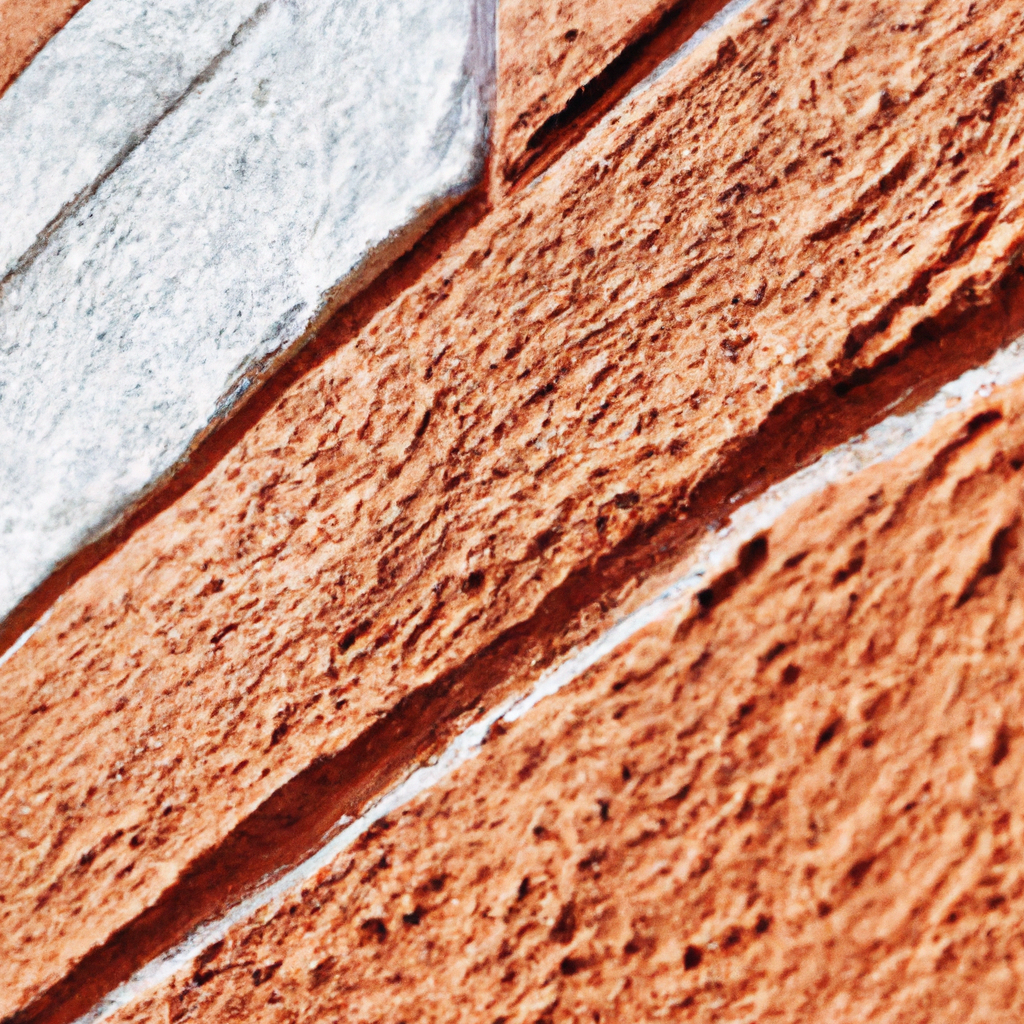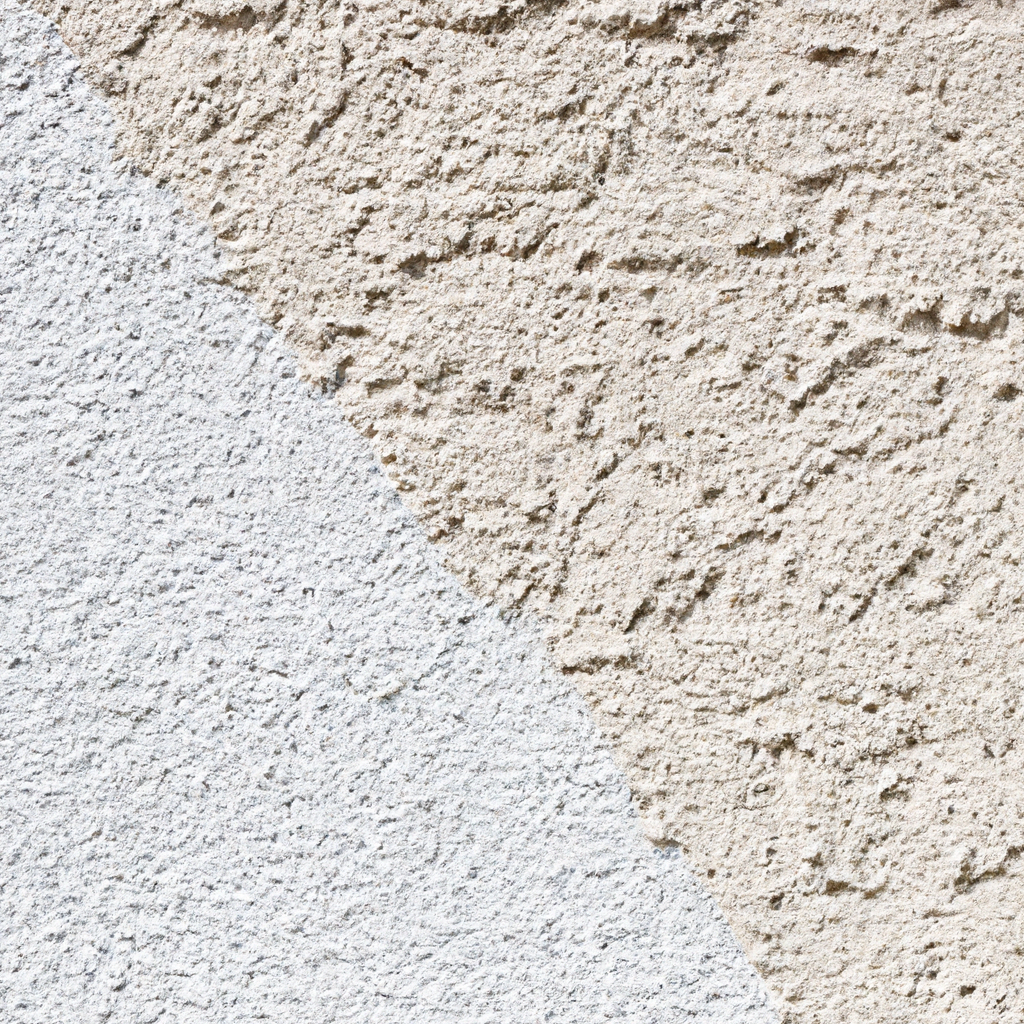Imagine you have an old stucco wall that is starting to show signs of wear and tear. Maybe it’s cracking and peeling, or maybe it just needs a fresh new look. Well, the good news is that you can actually stucco over old stucco! This article will show you how you can give your old stucco a facelift and transform it into a beautiful, durable, and modern-looking exterior. So, say goodbye to the outdated and hello to the stylish with stucco over old stucco!

Preparation
Before applying new stucco over old stucco, it is essential to assess the condition of the existing stucco. Inspect the surface for any cracks, holes, or other damage that may need repair. Look for signs of water damage or any areas where the stucco has started to deteriorate. This evaluation will help determine the extent of the repairs needed before proceeding with the application of new stucco.
Once you have assessed the condition of the old stucco, the next step is to clean the surface thoroughly. Use a pressure washer or a hose with a high-pressure nozzle to remove any dirt, debris, or loose pieces of stucco. This step ensures that the new stucco adheres properly to the old stucco surface.
After cleaning the old stucco, it is crucial to repair any damaged areas. Fill in cracks and holes with a suitable stucco repair material. Smooth out the repaired areas to ensure a flat and even surface. This step is essential for a seamless and durable finish when applying new stucco over old stucco.
Choosing the Right Stucco
Determining the type of stucco is a crucial step in ensuring a successful stucco application. There are different types of stucco available, including traditional cement stucco, acrylic-based stucco, and synthetic stucco. Each type has its own advantages and considerations, so it’s important to choose the one that best suits your needs.
Once you have determined the stucco type, the next step is to select the appropriate stucco mix. The mix should be compatible with the existing stucco to ensure a seamless transition between the old and new layers. Consult with a stucco professional or refer to manufacturer guidelines to ensure you choose the right mix for your project.
Consider the climate and location when selecting the stucco. Different climates require different stucco compositions to withstand the elements effectively. Opting for a stucco that is designed to withstand your specific climate will help ensure the longevity and durability of the new stucco application.
Surface Preparation
To ensure a proper bond between the old and new stucco layers, it is crucial to apply a bonding agent. This agent helps the new stucco adhere to the old stucco surface. Follow the manufacturer’s instructions for applying the bonding agent and allow it to dry before proceeding.
To create a rough surface for the new stucco to adhere to, use a wire brush or sanding tool to roughen the old stucco. This step promotes adhesion and helps the new stucco layer hold better. Be sure to remove any loose or flaking pieces of stucco during this process.
Repair any cracks or holes in the old stucco before applying the new layer. Use a suitable stucco repair material and follow the manufacturer’s instructions for proper application. Smooth out the repaired areas to ensure a seamless finish and allow them to dry before continuing with the application.
Applying the New Stucco
Start by mixing the stucco according to the manufacturer’s instructions. Ensure that you follow the proper ratios of water and stucco mix to achieve the desired consistency. Consistency is key when it comes to applying stucco, as it affects the workability and final appearance of the stucco.
The first layer to apply is the scratch coat. This layer provides a base for the subsequent layers and helps create a strong bond between the old and new stucco. Use a trowel to apply the scratch coat evenly over the prepared surface, ensuring a thickness of about 3/8 to 1/2 inch. Score the surface of the scratch coat with horizontal lines to create a rough texture that improves adhesion.
After the scratch coat has cured, it’s time to apply the brown coat. This layer provides additional strength and stability to the stucco system. Apply the brown coat with a trowel, keeping the thickness consistent with the scratch coat. Ensure that the surface is level and smooth, as this will be the base for the final color coat.
The final step in the stucco application is the color coat. This is the visible layer of stucco that determines the appearance of the finished project. Apply the color coat using a trowel or a sprayer, depending on the desired texture and finish. Take care to create an even and consistent application, and ensure that the stucco is properly cured before proceeding to the next step.

Curing and Drying
Allowing the stucco to cure properly is crucial for its long-term durability. Follow the manufacturer’s instructions regarding curing time. It is essential to protect the stucco from excessive moisture during this period. Cover the freshly applied stucco with a plastic sheet or tarp to prevent water intrusion and promote a controlled drying process.
Ensuring adequate drying time is also important before any further finishing or sealing takes place. Depending on the climate and weather conditions, adequate drying time can vary. It is recommended to wait for at least a week before applying any additional coatings or finishes to the stucco.
Finishing Touches
Now that the new stucco is applied, cured, and dried, it’s time to add the finishing touches. This is where you can create desired textures and finishes to enhance the overall appearance of the stucco. Use various techniques like troweling, sponge floating, or brushing to achieve the desired texture. Experiment with different tools and methods to achieve the look you envision.
If desired, you can also add decorative elements to the stucco surface. This could include architectural moldings, decorative trim, or other design elements. These additions can enhance the aesthetic appeal of the stucco and give it a unique and personalized touch.
Finally, it is important to seal the stucco surface to protect it from moisture and extend its longevity. Apply a suitable stucco sealer according to the manufacturer’s instructions. This will help prevent water infiltration, protect against mold and mildew growth, and enhance the overall durability of the stucco.
Maintenance and Longevity
To ensure the longevity of the stucco, regular inspections and repairs are essential. Periodically inspect the stucco for any signs of damage, cracks, or deterioration. Addressing these issues promptly helps prevent further damage and extends the lifespan of the stucco.
Preventing water infiltration is crucial for the maintenance of stucco. Ensure that gutters and downspouts are properly functioning, directing water away from the stucco. Regularly clean the gutters to avoid the buildup of debris that can cause water to overflow onto the stucco surface.
When cleaning the stucco, use proper techniques to avoid damage. Avoid high-pressure washing, as it can chip or loosen the stucco. Instead, opt for gentle hand washing with a mild detergent and a soft brush. Rinse thoroughly with water and allow the stucco to fully dry before sealing or applying any coatings.
Considerations for DIY vs. Hiring Professionals
When considering whether to tackle a stucco project yourself or hire professionals, several factors come into play. Assess your personal skill and experience level with stucco applications. If you have prior experience and feel confident in your abilities, a DIY approach may be suitable for smaller and simpler projects.
However, it is crucial to understand local building codes and regulations. Stucco applications may require permits or inspections to ensure compliance with safety standards. If you are unfamiliar with these regulations, consulting with professionals can help ensure that your project meets all the necessary requirements.
When evaluating the size and complexity of the project, consider the time, effort, and resources required. Larger-scale projects or projects with specific design elements may be best left to professionals who have the expertise and equipment to handle them efficiently. Assess your own availability and resources before deciding between a DIY approach or hiring professionals.
Potential Challenges and Solutions
One potential challenge when applying new stucco over old stucco is ensuring proper adherence. The roughened surface and bonding agent application help promote adhesion, but there can still be instances of poor bonding. In such cases, it may be necessary to remove the poorly bonded areas and reapply new stucco to ensure a strong bond.
Existing surface irregularities can be another challenge. If the old stucco has significant texture variations or unevenness, it can affect the appearance of the new stucco. Prior to applying the new stucco, consider addressing these irregularities by using leveling compounds or additional layers of scratch and brown coats to create a smoother surface.
Addressing any structural issues is vital before applying new stucco. If there are underlying problems with the wall or substrate, such as water damage or structural instability, it is essential to address them before proceeding. Consult with a professional to evaluate and resolve any structural issues to ensure a successful stucco application.
Cost and Time Estimates
The cost of stucco application can vary depending on factors such as the size of the project, the type of stucco chosen, and labor expenses. Materials such as the stucco mix, bonding agent, and repair materials will contribute to the overall cost. Labor costs will depend on whether you choose to hire professionals or undertake the project yourself.
The duration of a stucco project also depends on its size and complexity. Smaller projects with fewer repairs and straightforward applications can typically be completed in a shorter timeframe. Larger or more intricate projects that require additional surface preparations or design elements may take longer to complete. Consider these factors when planning your project timeline.
In conclusion, applying new stucco over old stucco requires careful preparation, consideration of the type and mix of stucco, proper surface preparation, and a step-by-step application process. Curing, drying, and adding finishing touches are crucial for a successful stucco project. Regular maintenance, adherence to building codes, and an assessment of personal capabilities should be considered, along with potential challenges and their solutions. Lastly, estimating the costs of materials and labor, as well as the projected project duration, will help ensure a smooth and efficient stucco application process.

